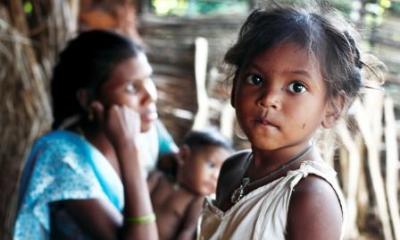
The first round of the Peru school survey was conducted in October to November 2011 with a sub-sample of 572 of the Younger Cohort children and 1207 of their peers, in 132 schools. The purpose of the survey was to study inequality of opportunities and outcomes among schoolchildren in Peru, particularly their learning experience in school; the degree to which school quality varies in the different contexts and types of school attended by the Young Lives children; and the extent to which the children's experience of school influences their learning outcomes.
The Peru school survey included both urban and rural schools in both the government and private sector. Some of the schools were monolingual in Spanish and the others were bilingual intercultural (EIB) schools which use both Spanish and an indigenous language as medium of instruction. Alongside the main quantitative survey of all the schools, we ran a qualitative sub-study with a sub-sample of the indigenous children to understand how they experience schooling in different contexts.
School survey content (2011):
The survey instruments included data collection at the school, class and pupil level, and involved the head teacher, class teacher, and pupil.
The first round of the Peru school survey was conducted in October to November 2011 with a sub-sample of 572 of the Younger Cohort children and 1207 of their peers, in 132 schools. The purpose of the survey was to study inequality of opportunities and outcomes among schoolchildren in Peru, particularly their learning experience in school; the degree to which school quality varies in the different contexts and types of school attended by the Young Lives children; and the extent to which the children's experience of school influences their learning outcomes.
The Peru school survey included both urban and rural schools in both the government and private sector. Some of the schools were monolingual in Spanish and the others were bilingual intercultural (EIB) schools which use both Spanish and an indigenous language as medium of instruction. Alongside the main quantitative survey of all the schools, we ran a qualitative sub-study with a sub-sample of the indigenous children to understand how they experience schooling in different contexts.
School survey content (2011):
The survey instruments included data collection at the school, class and pupil level, and involved the head teacher, class teacher, and pupil.






